These are cave bats, mostly found in northern Australia, and are a bit ghostly looking. They are gray on the top, and white on the bottom so there is that. But, they are actually called ghost bats because they have very thin wing membranes which give them a bit of a ghost-like appearance during flight.
The coin itself is quite the thing. With opal being a national treasure of Australia, they set about designing an entire set of coins using opal inlays. There are quite a number of animals in the series, such as kangaroos and pythons and the like, but in 2015 they gave the ghost bat the opal treatment.
So here it is. A 2015 Australia $1 PROOF 99.9% silver coin with a ghost bat inlaid with opal.
But the coin itself is extremely well-designed. The bat in the center with the black (for night) is surrounded by a set of cave formations (for its habitat), a crescent moon (neat how they show the full moon with only detail on the crescent) to show it is night out, and the southern cross constellation to note it is the southern hemisphere. Exactly what the meaning of those kurrajong flowers is eludes me, but must be something particularly Australian. Oh yeah, and the little 'P' is the mint mark and stand for the Perth Mint, and the other small print says "ghost bat" and 2015 1oz 999 silver.
The coin is fully legal tender and could be spent for a dollar, not that that is likely to ever happen. Which bring me to the other side (which is the obverse, and which is the reverse is a bit confusing here).
But there needs to be a better look at the bat. Not that it was designed to really look exactly like the bat, but to see the inlay better. Which was another photographic trouble spot. With the lighting needed to get any kind of photo every little tiny mote of dust lit up like a miniature sun and well lots of other stuff. But here is a look at the inlay.
So, this coin needs some kind of box to package it up and send it in and keep it in. So, they did up an equally nice bit of packaging. The box itself is well-designed with all the elements that are on the coin, and inside it comes with a certificate of authenticity and information about the coin and the bat. Of note, they say that no more than 8,000 of these will be distributed.
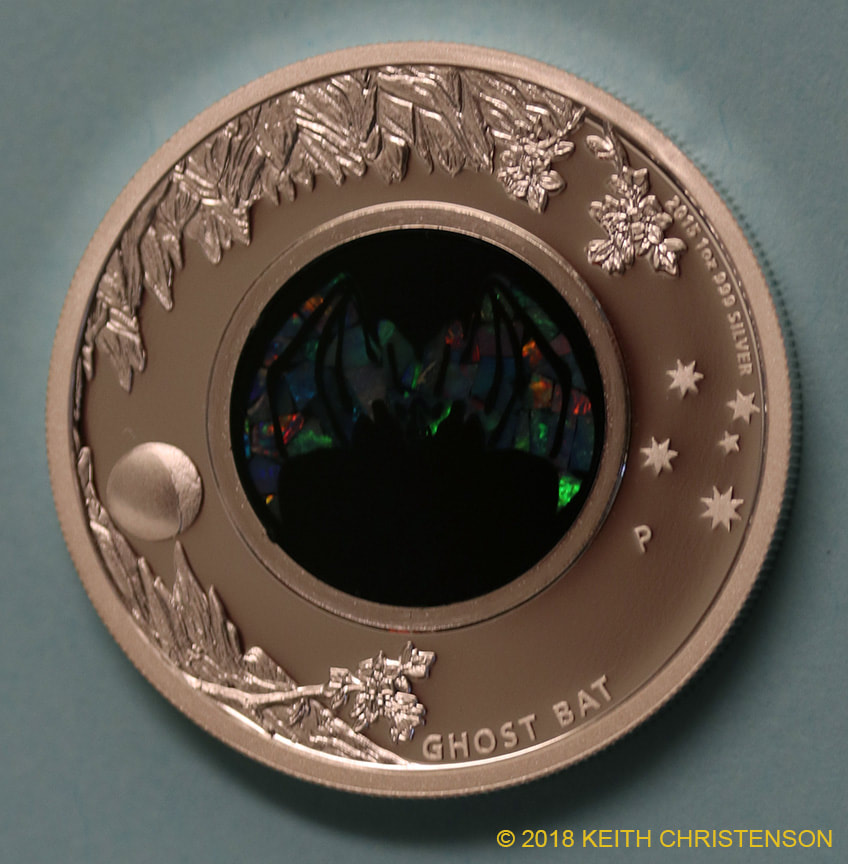
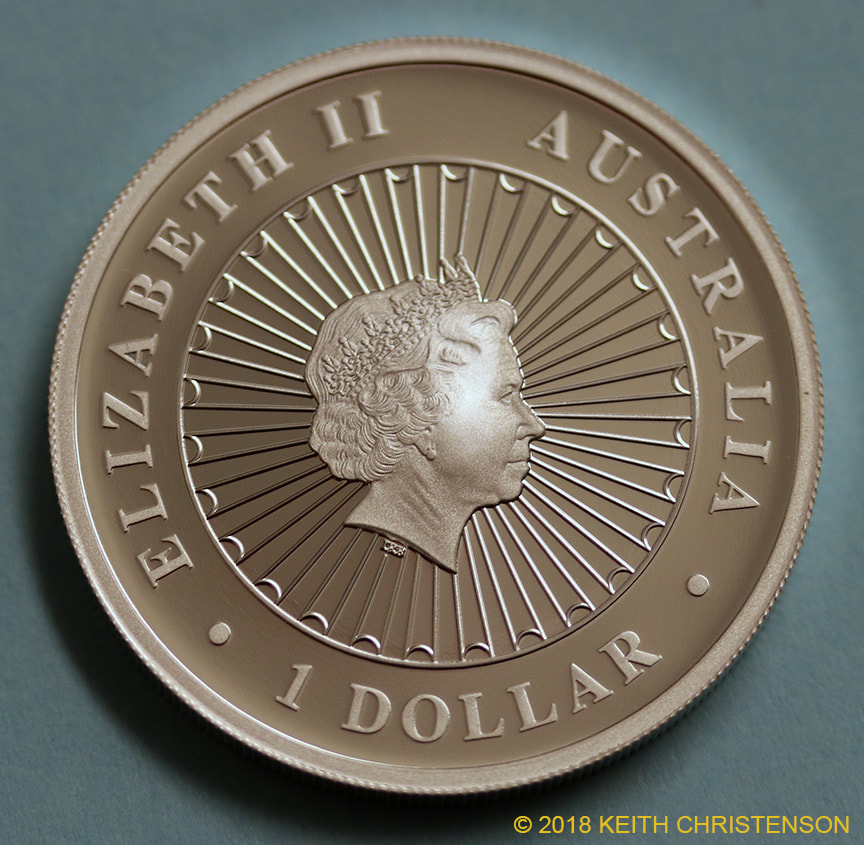
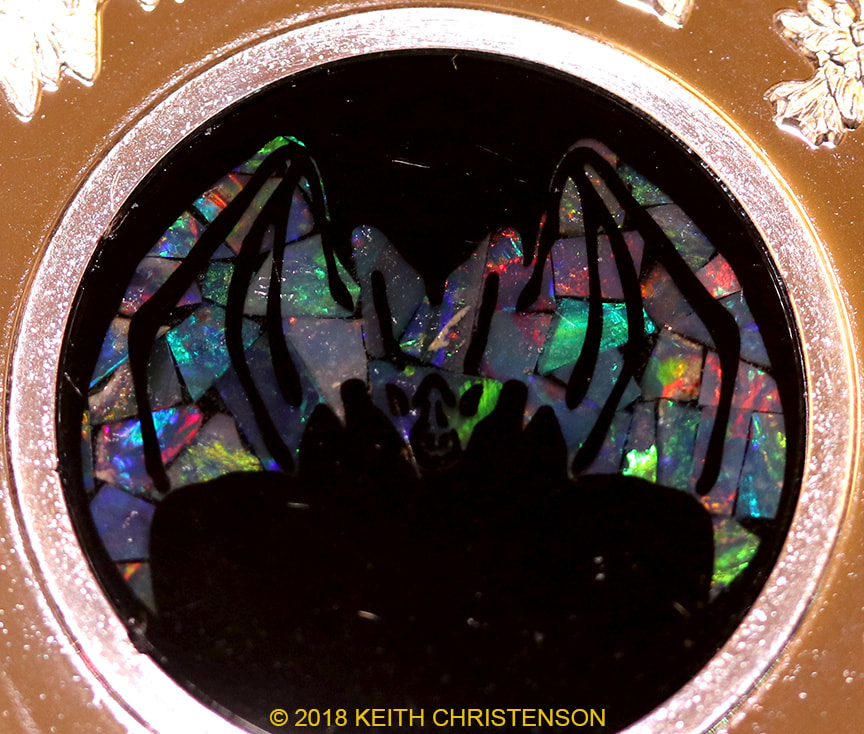
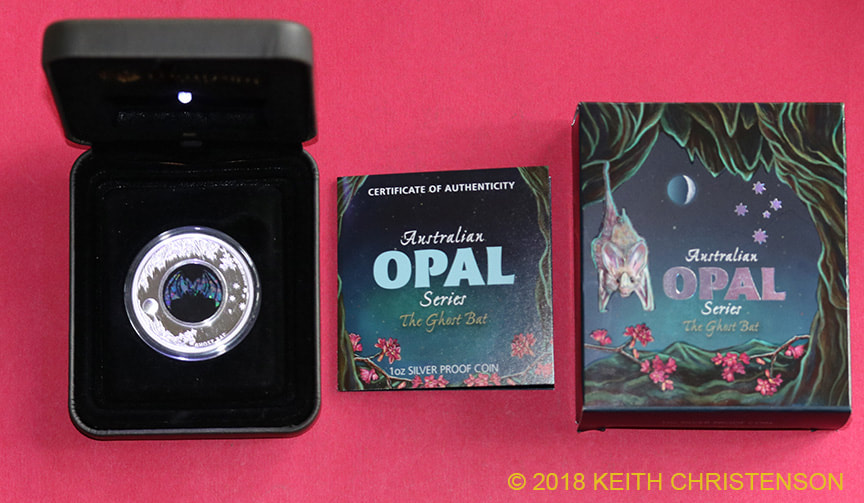
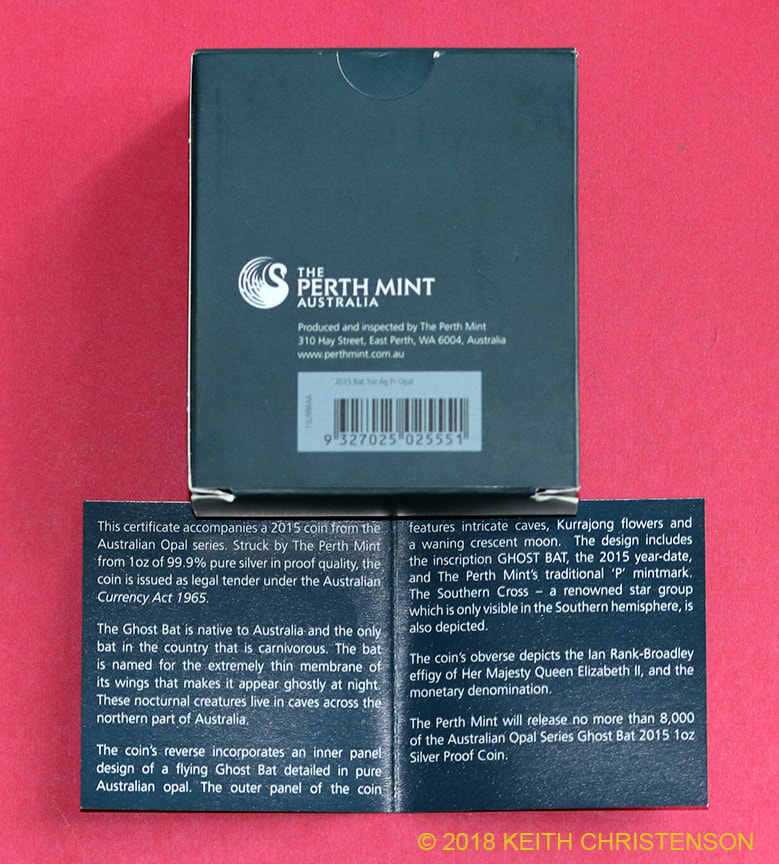
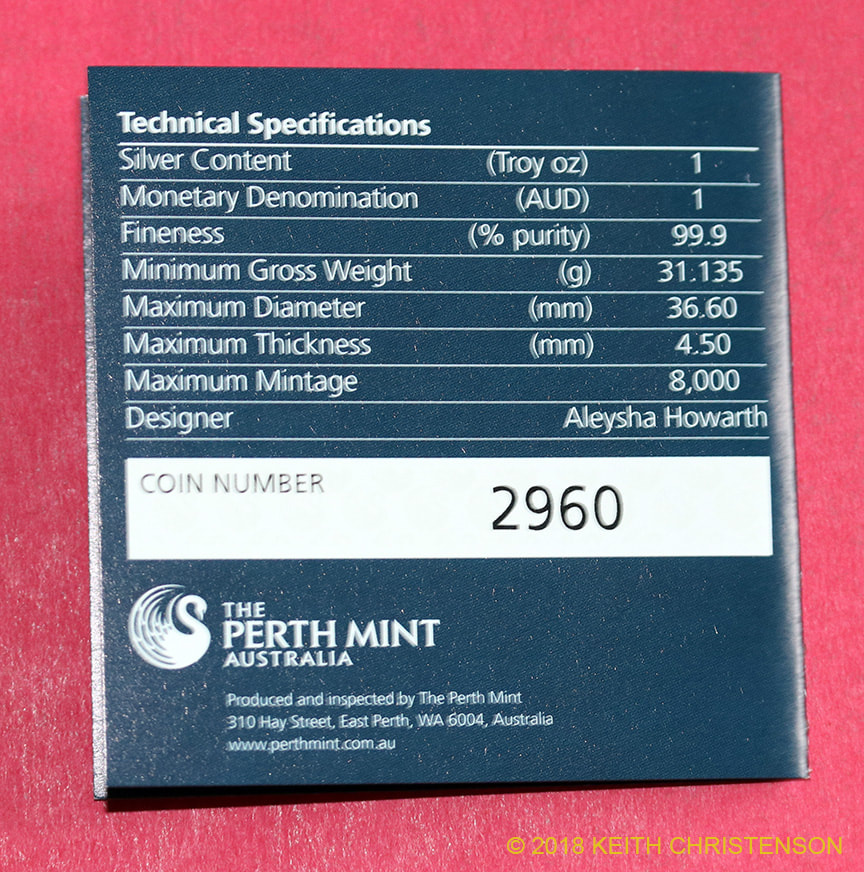
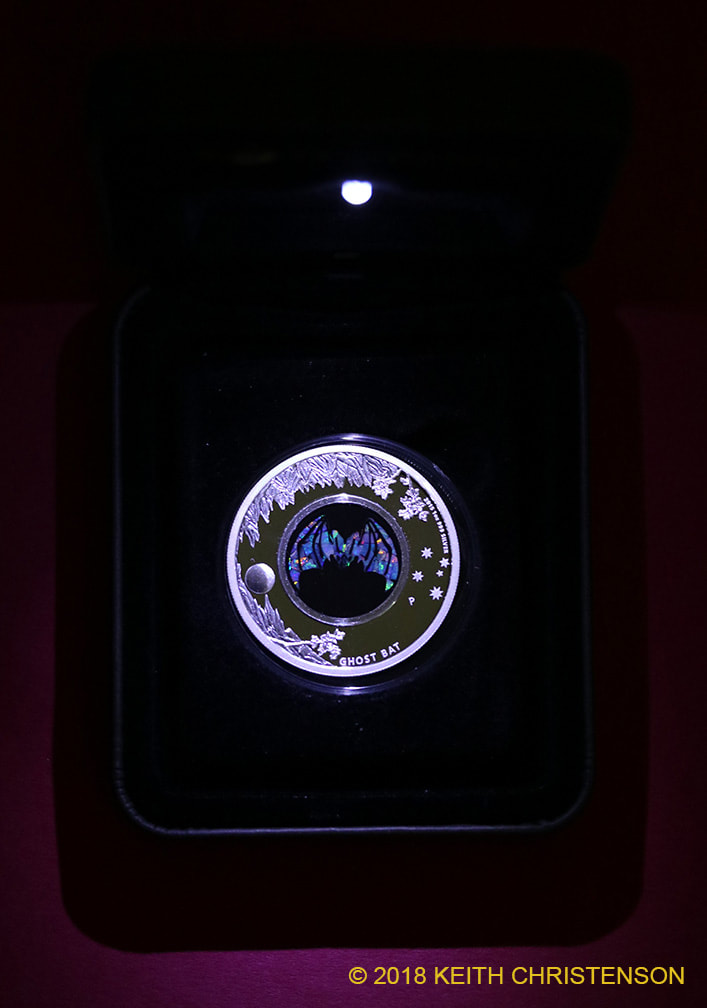
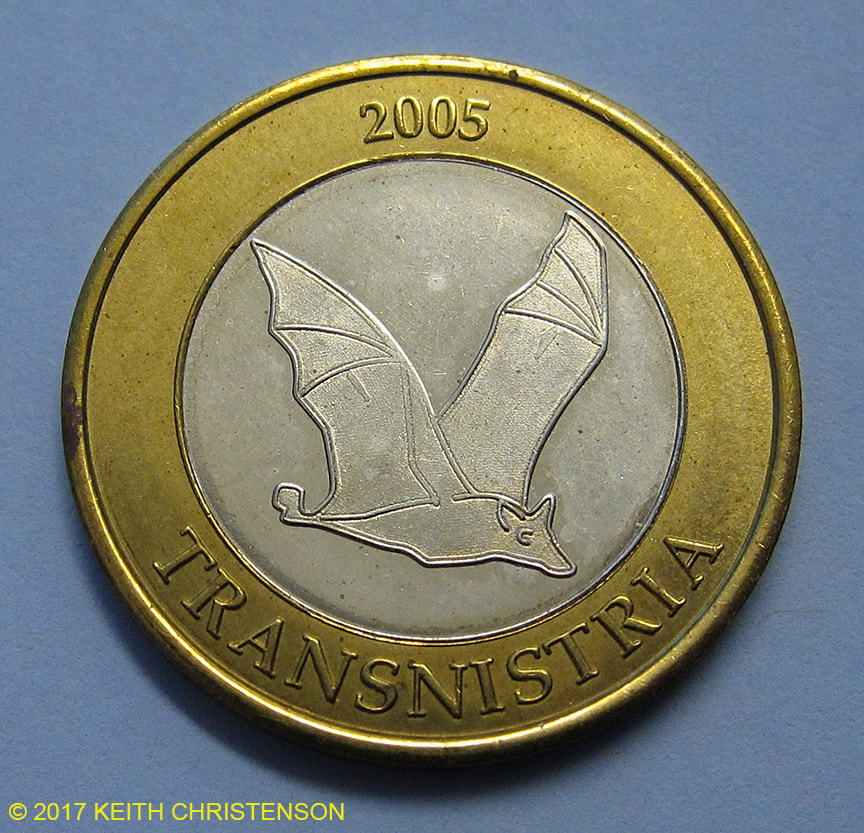
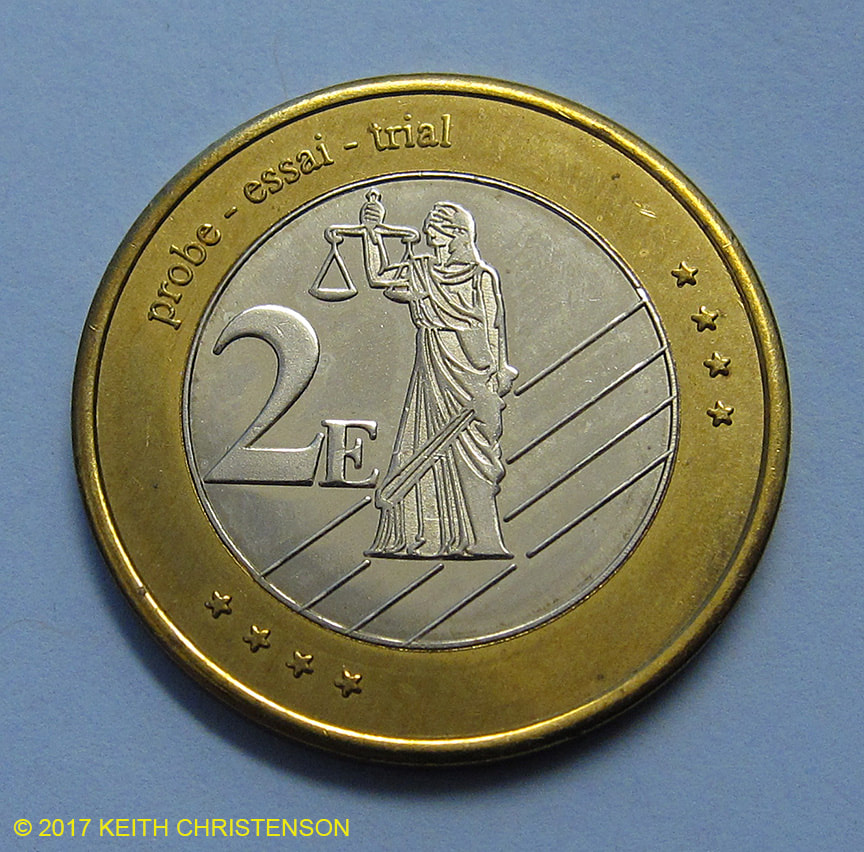
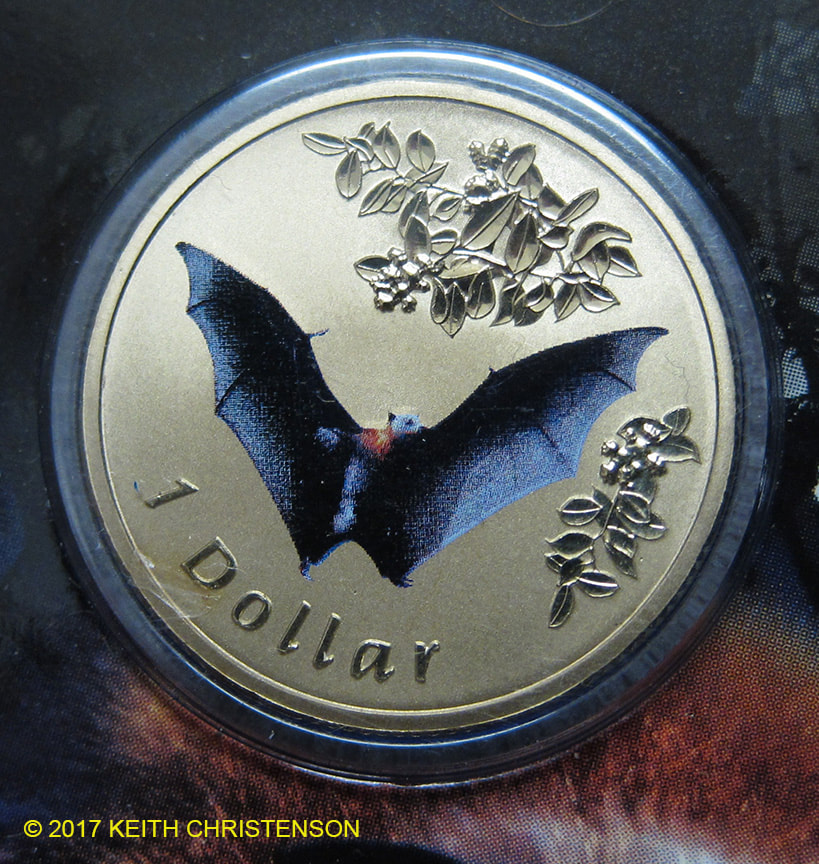
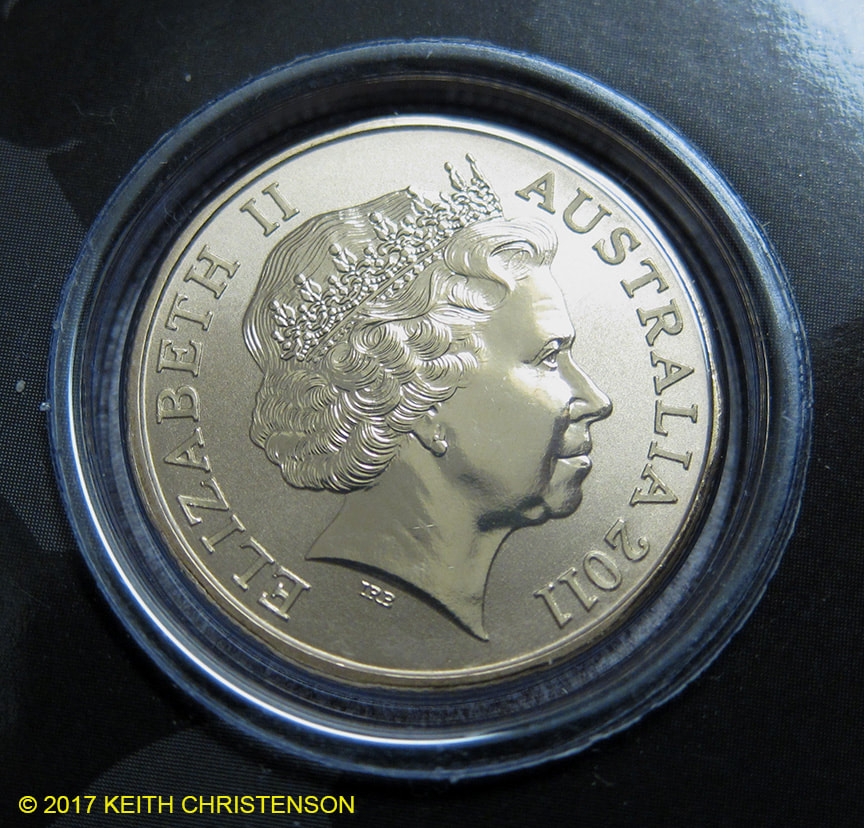
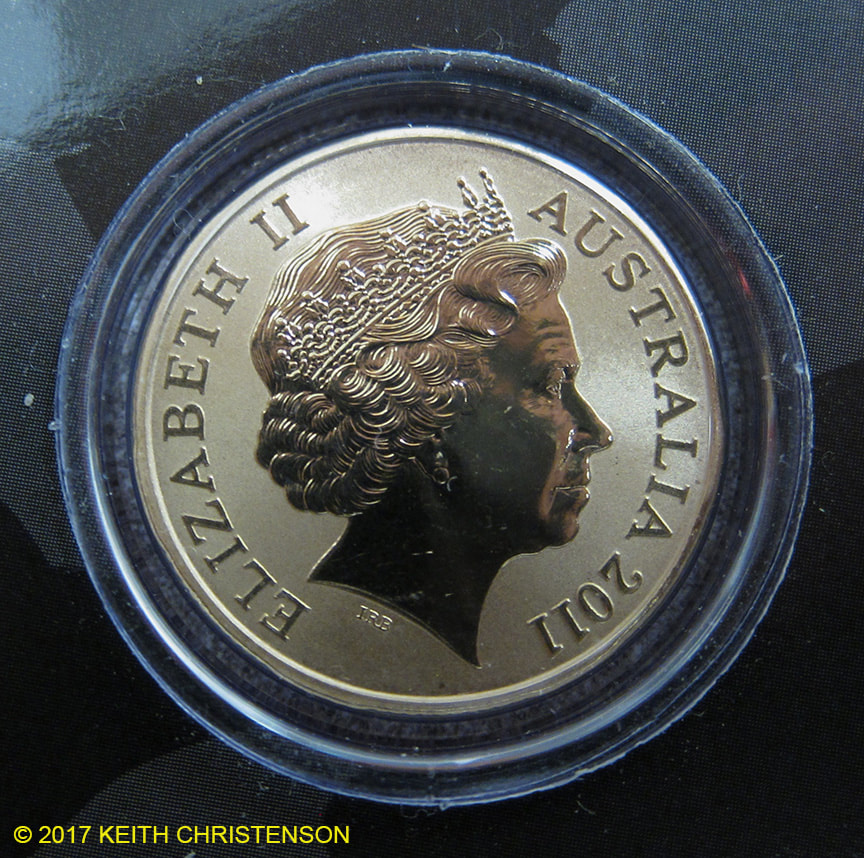
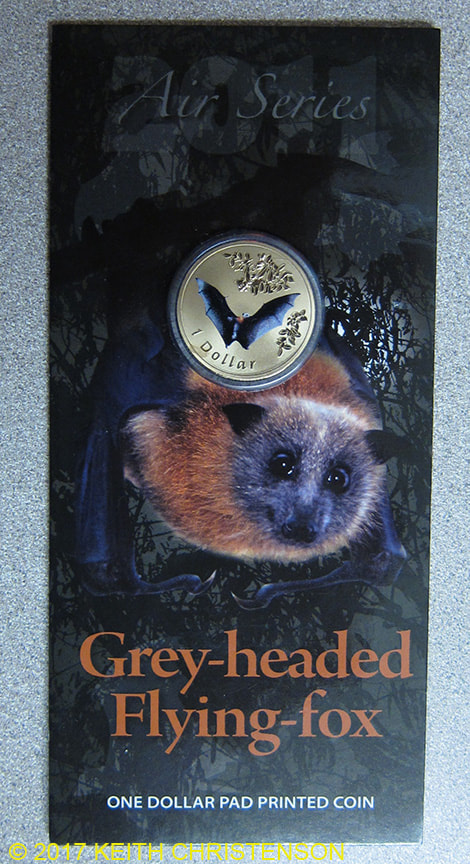
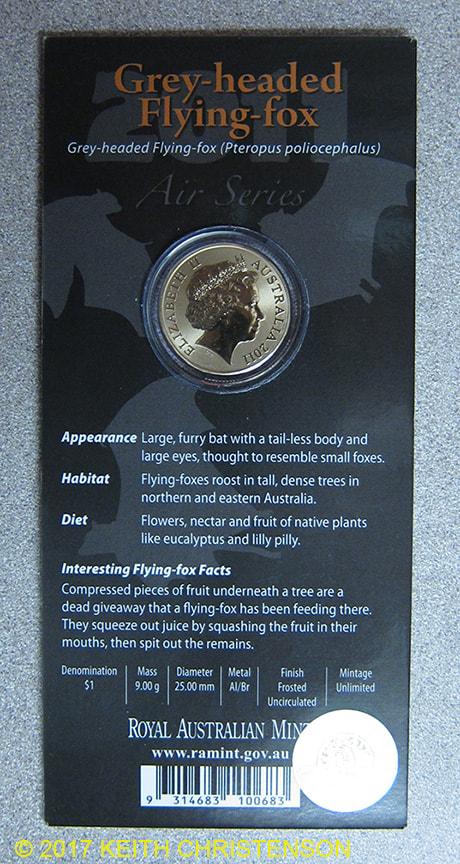

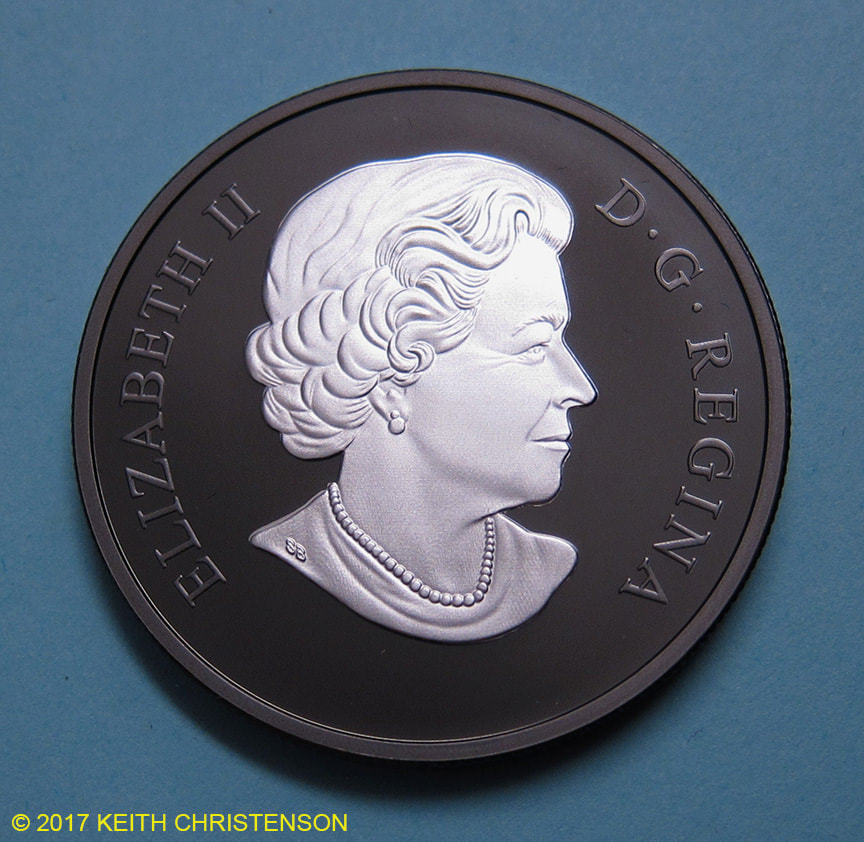
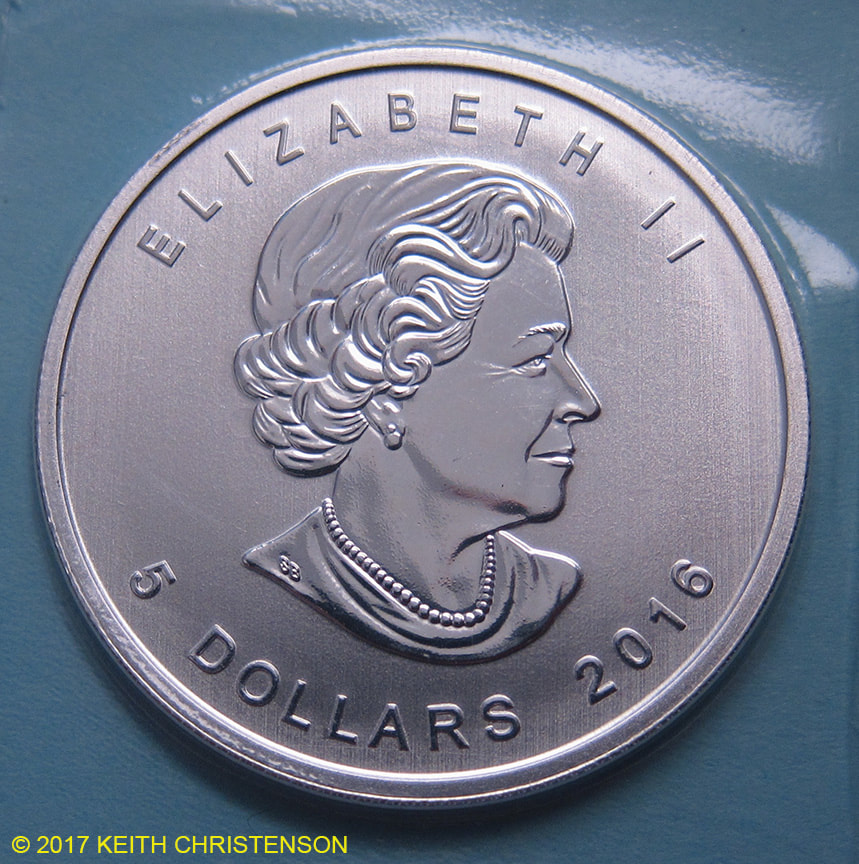
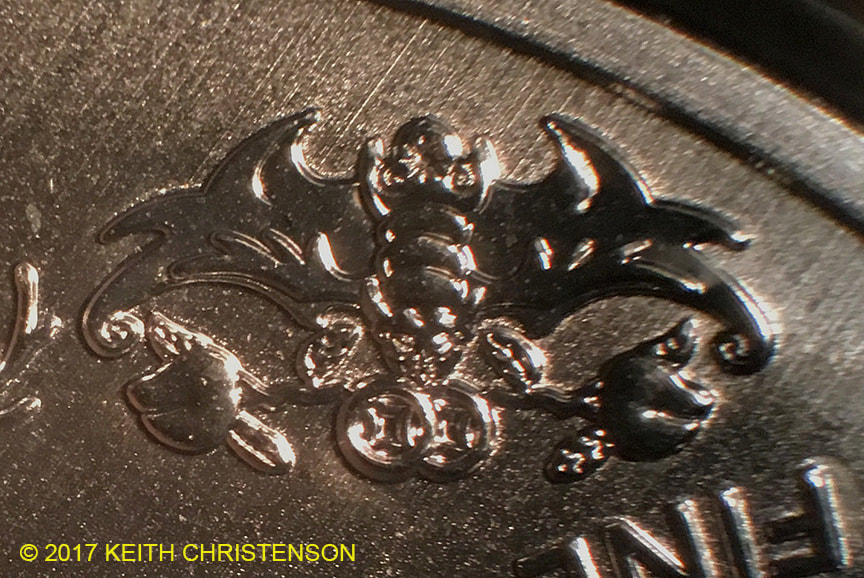
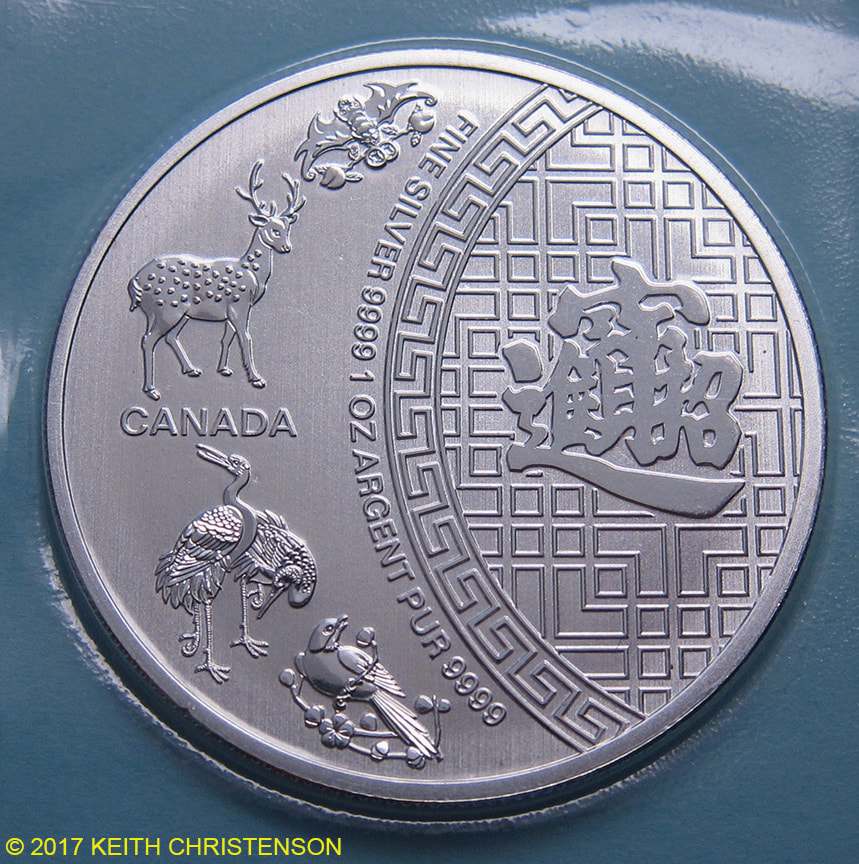
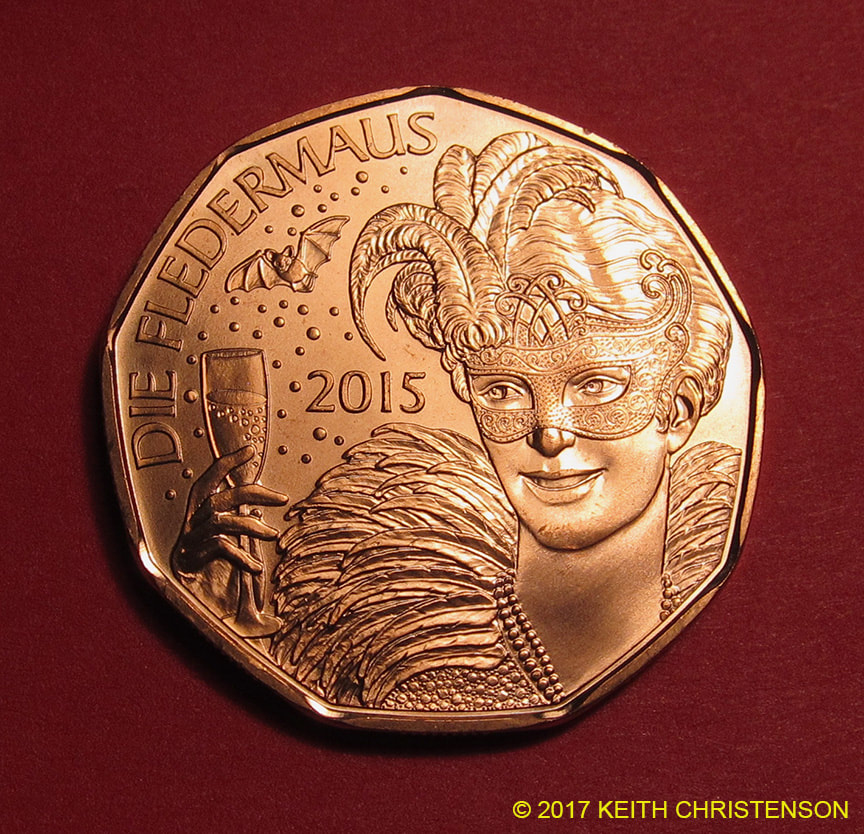
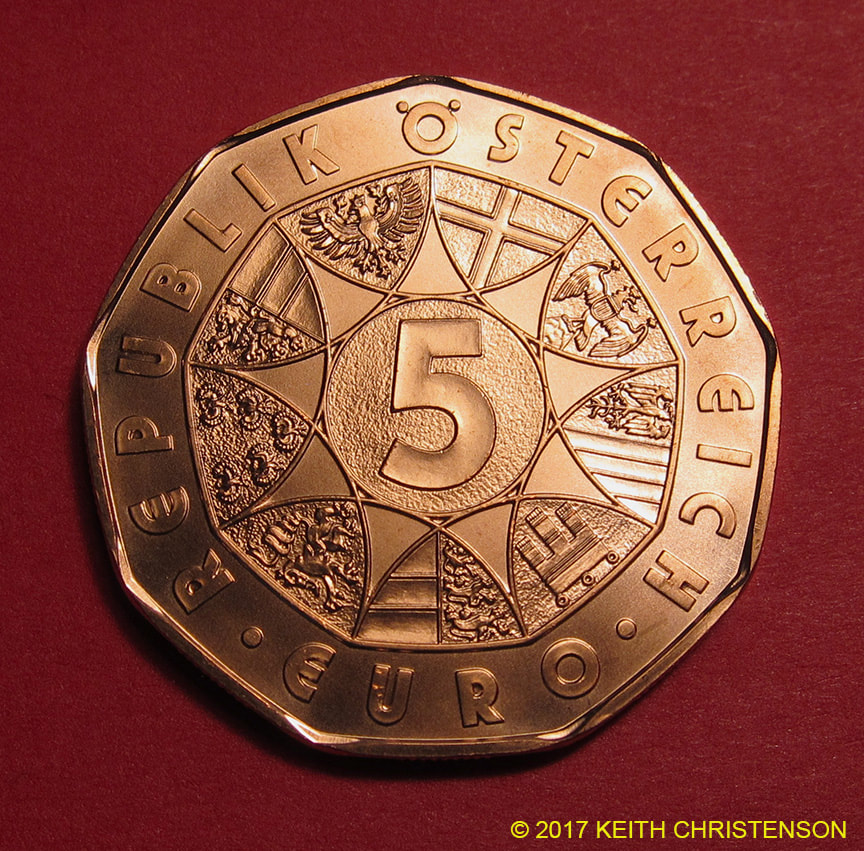
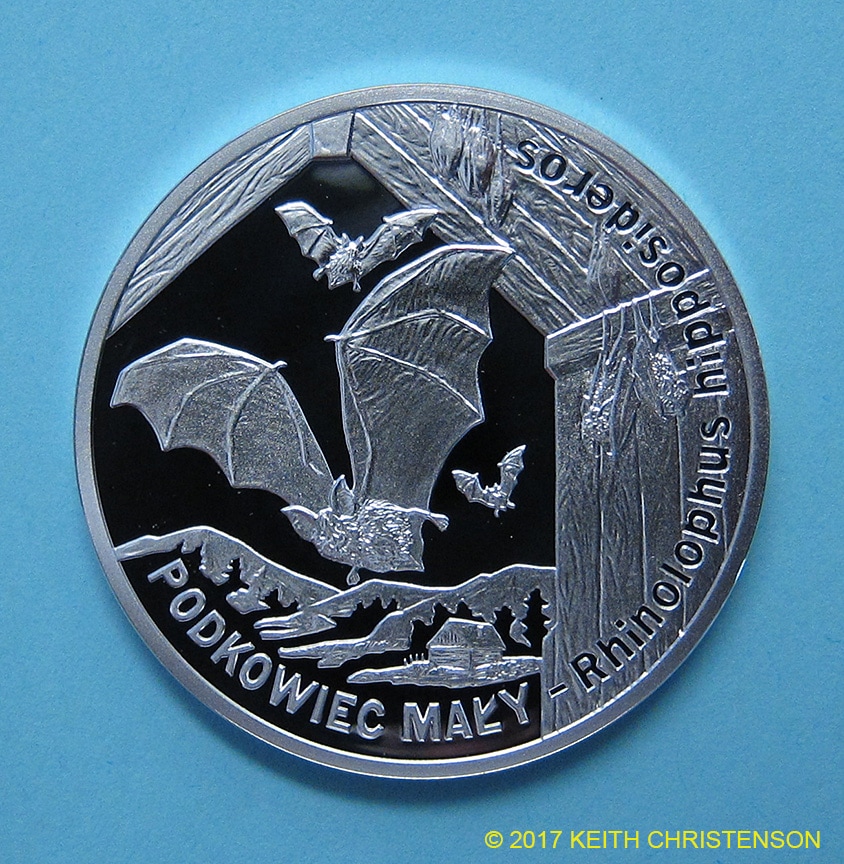
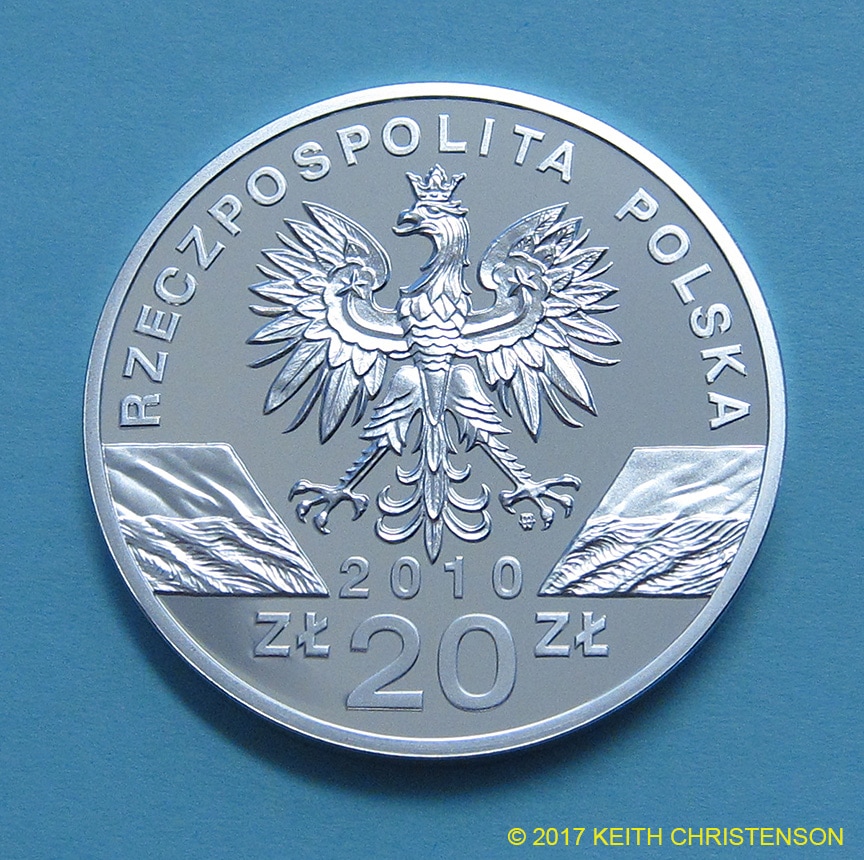
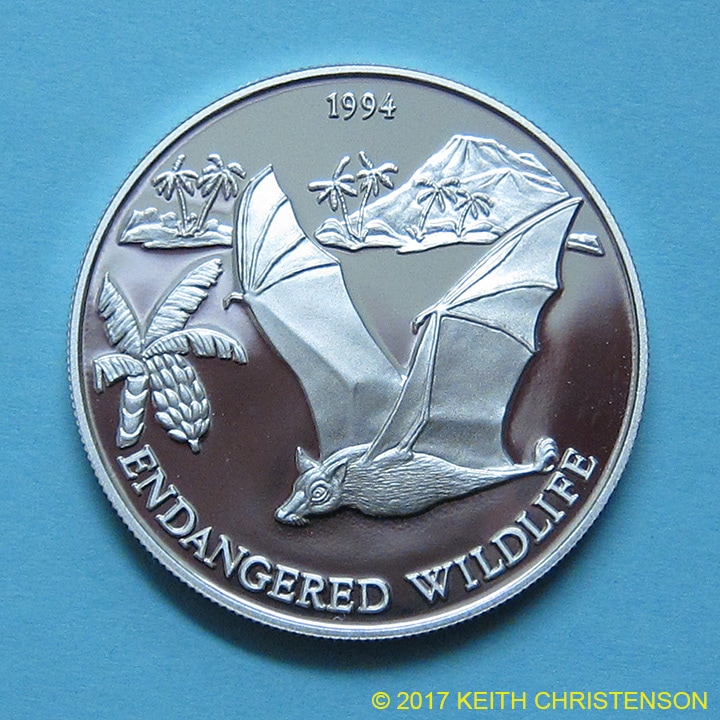
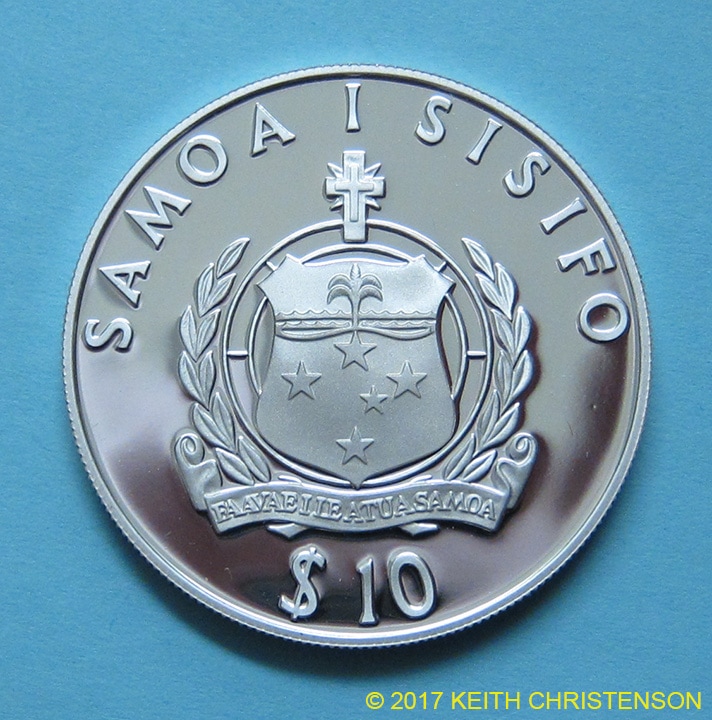
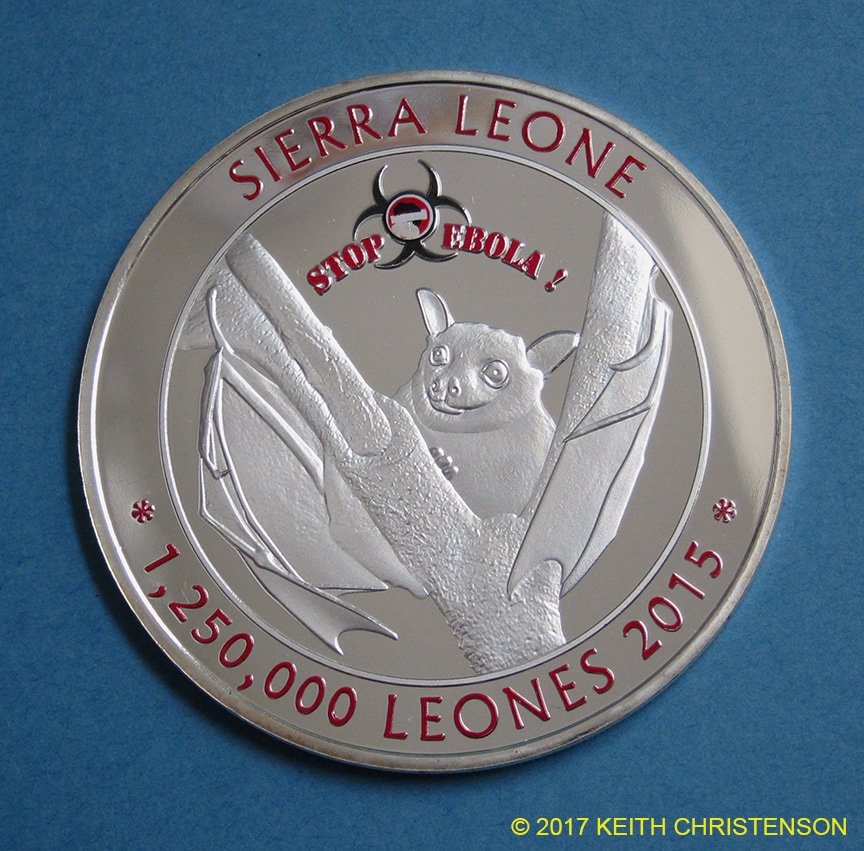
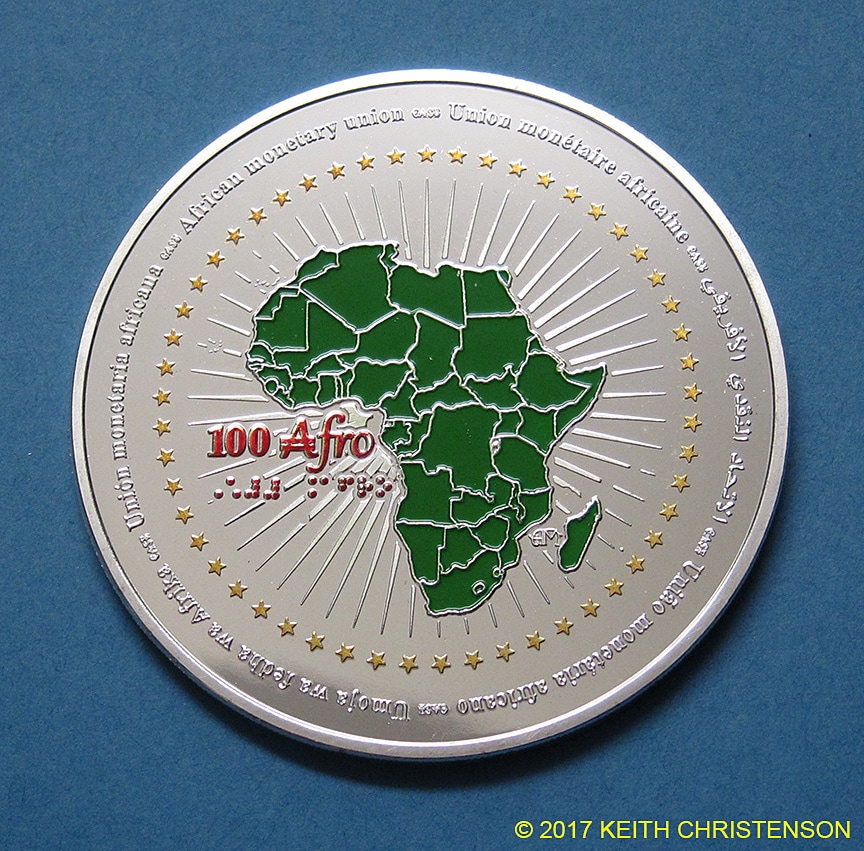
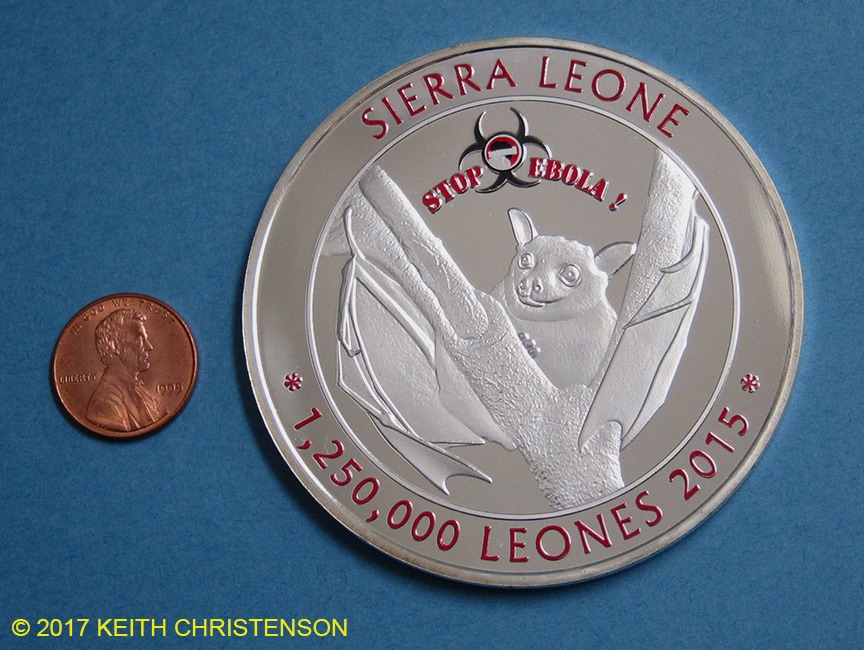
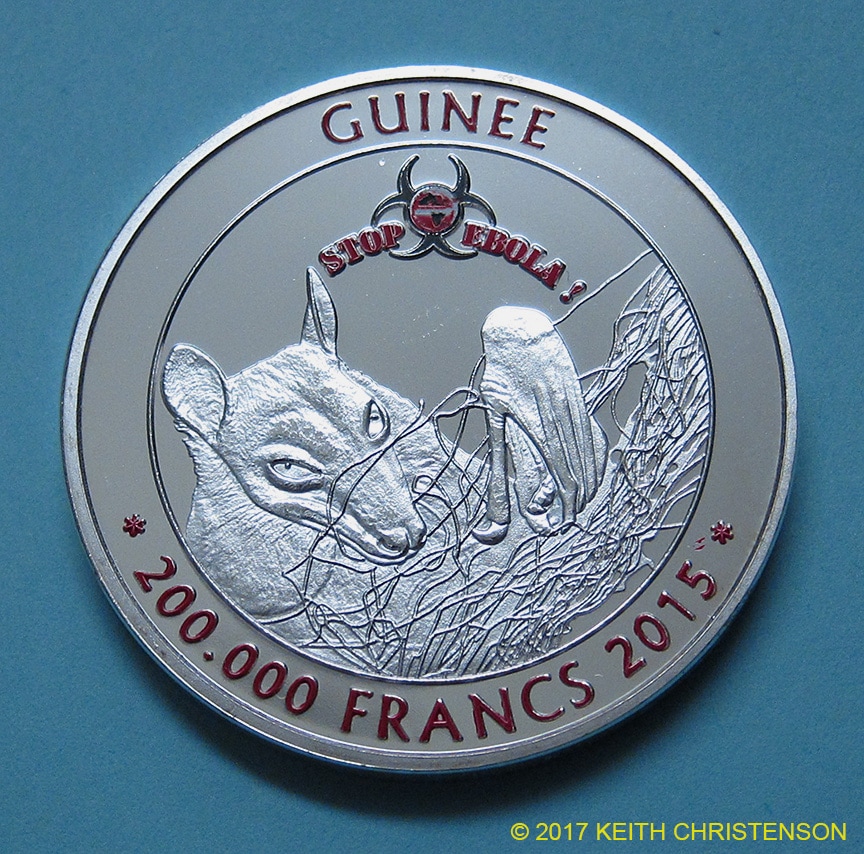
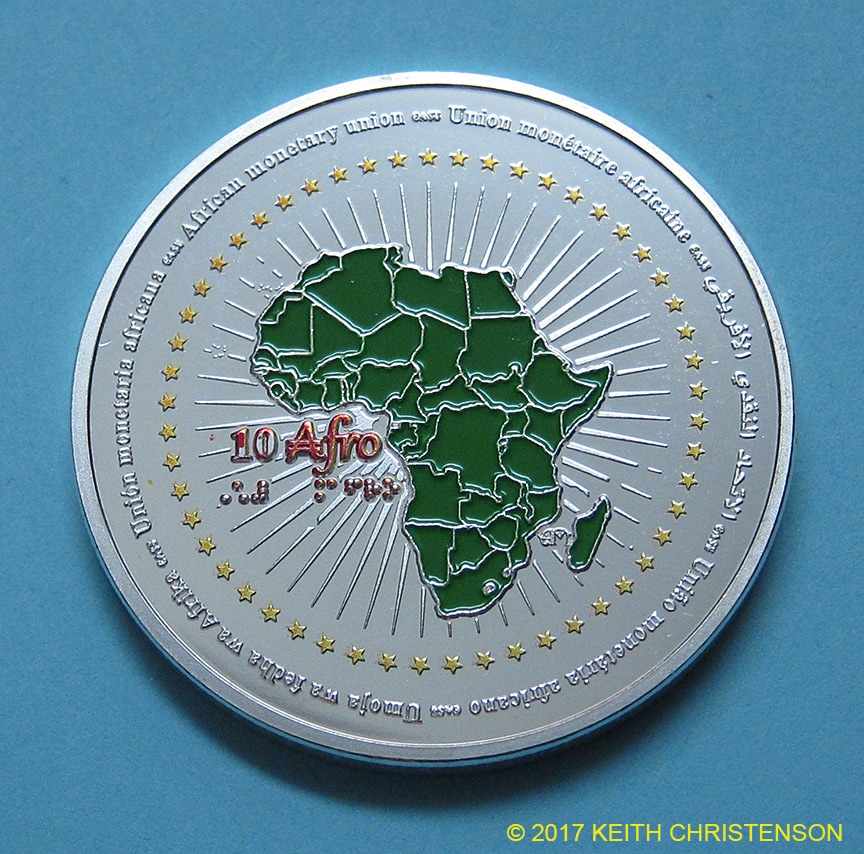
 RSS Feed
RSS Feed